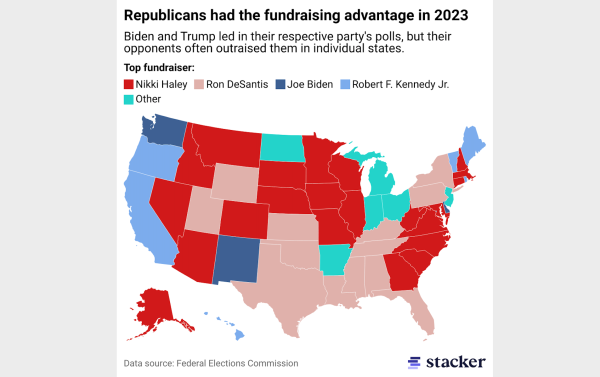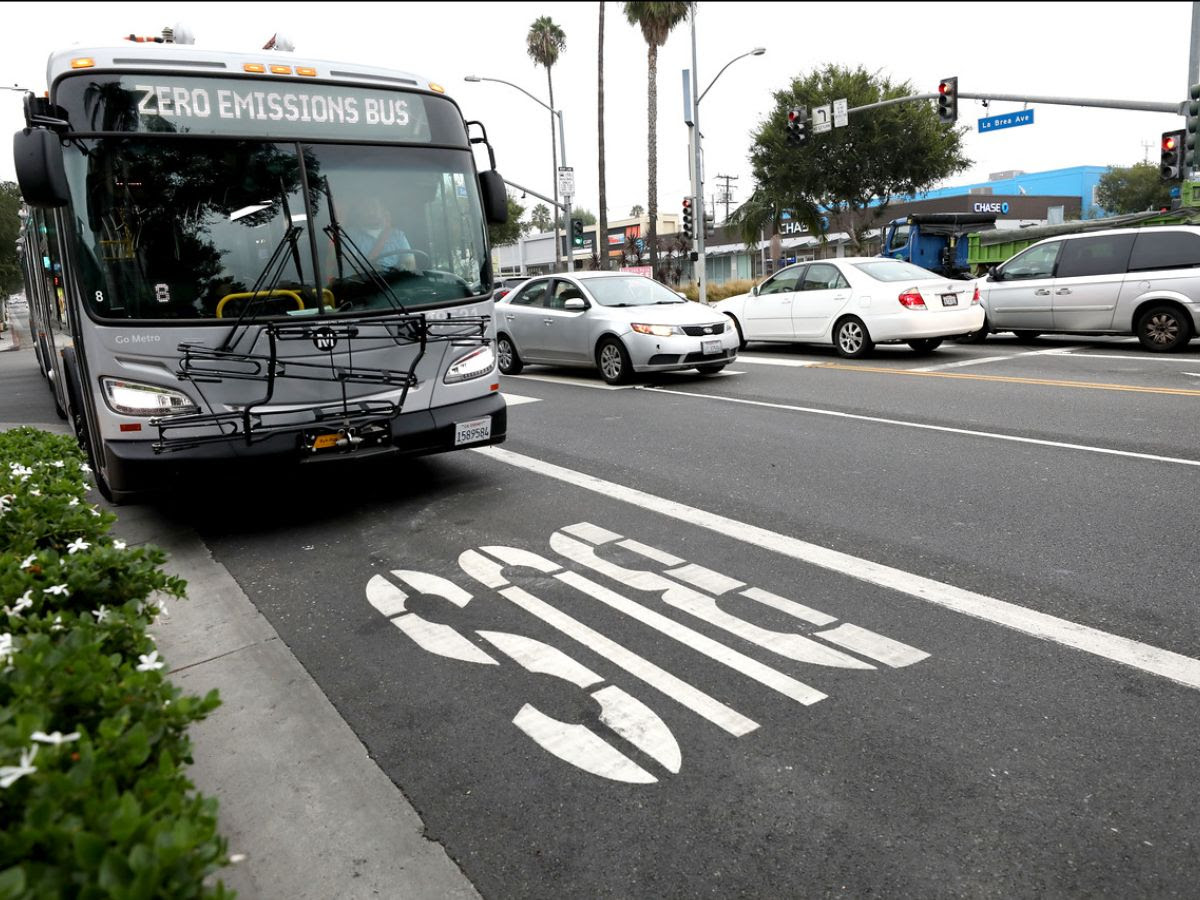By Suzanne Potter, Producer
Programs intended to reduce the chances that someone will end up back behind bars are working, according to a new analysis of California state data.
A new report finds that people who participated in a social program funded by Proposition 47 had a recidivism rate of 15.3% compared with 35% to 45% for people traditionally incarcerated by the Department of Rehabilitation and Corrections.
Linda Penner, chairperson of the California Board of State and Community Corrections, which produced the report, is supportive.
“These results indicate that Prop 47 is delivering the results voters wanted: safer communities where individuals who commit low-level crimes are directed to housing, employment, mental-health and substance-use services instead of prison,” she said.
Proposition 47 raised the threshold for a theft to qualify as a felony, which lowered the number of people getting jail time. It has saved the state $800 million in incarceration costs since it passed in 2014 – money that was reinvested in social programs that help justice-involved people get back on their feet.
Saun Hough, vocational services administrator SHIELDS For Families Inc., a nonprofit social services organization in South Central Los Angeles, applauds the focus on crime prevention.
“When you are able to address those issues, you’re attacking some of the root causes of crime, and you keep people from feeling like they have no other choice but to go back to crime or to commit crime, but you really help to address the issues that lead them to make those decisions in the beginning,” Hough explained.
The analysis also found that 60% of people experiencing homelessness who make it through the program end up finding a stable place to live.







